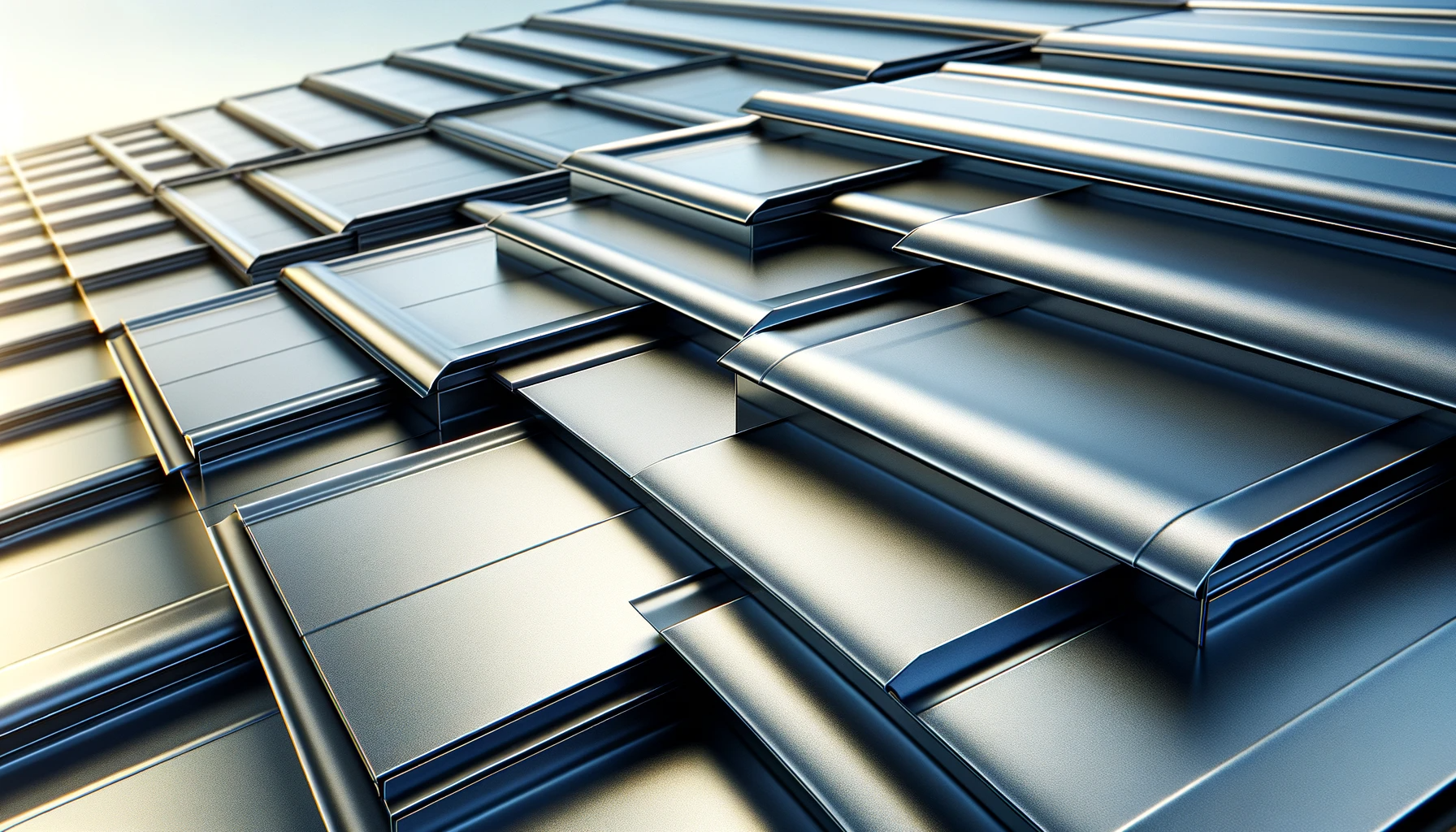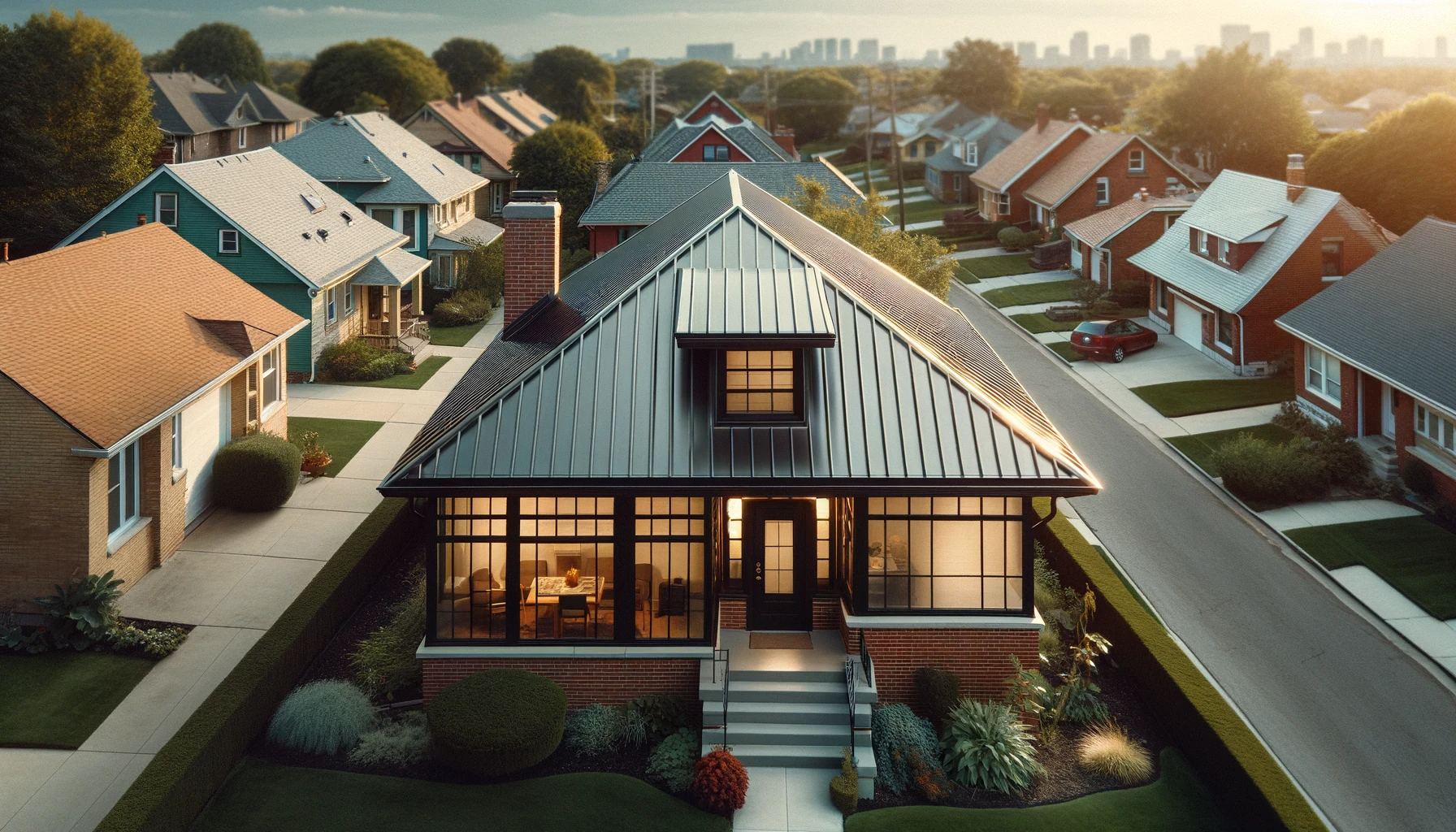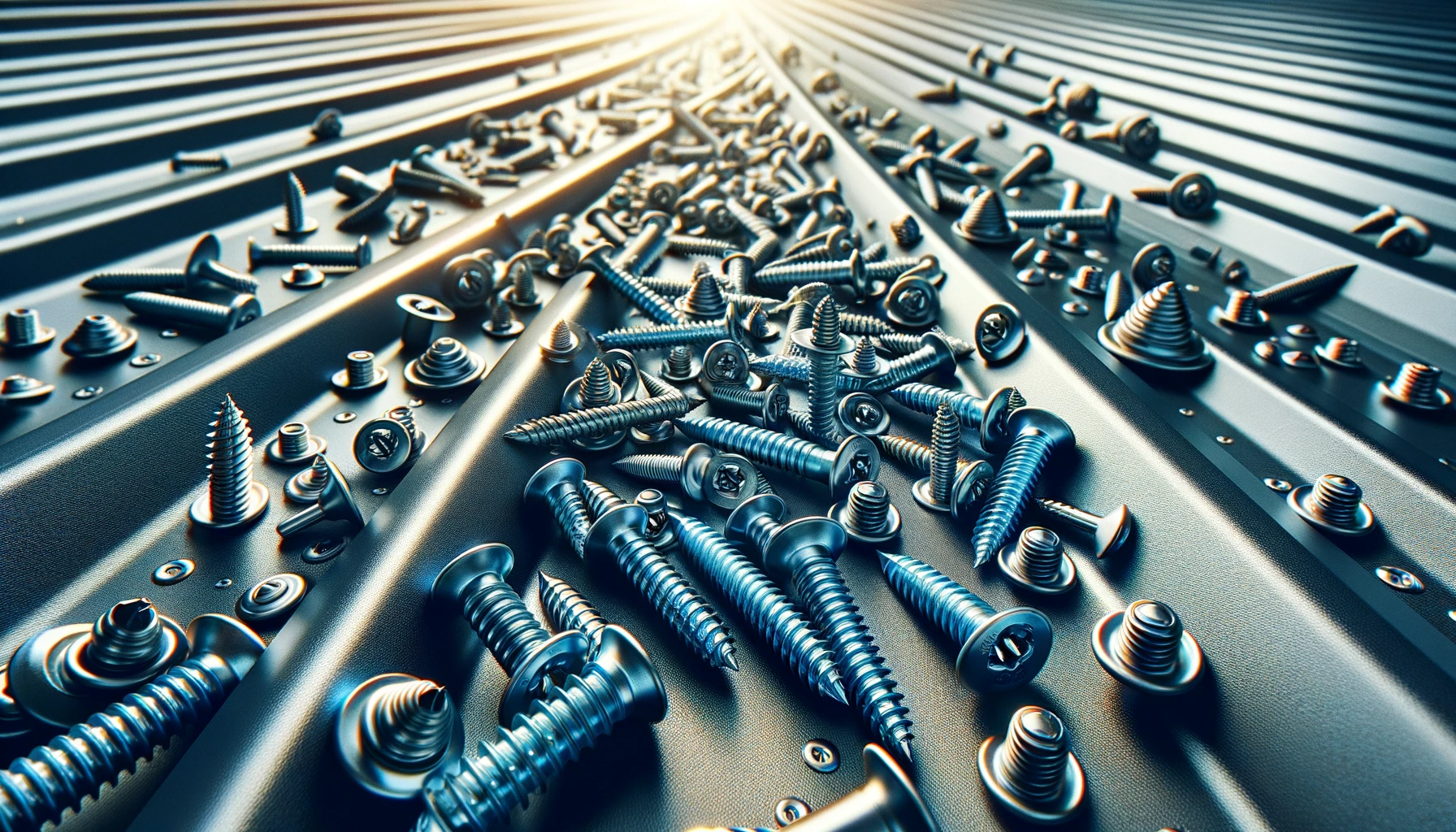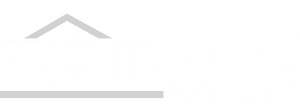Why Metal Roofing Is Perfect for Florida’s Climate
The Unique Challenges of Florida’s Climate
Florida’s climate is as beautiful as it is challenging. Known for its sunny beaches and tropical allure, the state also faces a unique set of weather conditions that can wreak havoc on homes, particularly their roofs. High humidity levels are a constant presence, creating an environment ripe for mold and mildew growth. Heavy rainfall, especially during the summer months, can lead to water damage if a roof isn’t properly sealed. Then there’s the hurricane season, which brings high winds and torrential downpours that test the structural integrity of homes. Florida is also no stranger to intense sunlight, with UV rays beating down on roofs year-round, causing traditional materials like asphalt shingles to deteriorate more quickly.
These factors make roofing durability and performance critical for Florida homeowners. A roof in Florida isn’t just a protective barrier; it’s a frontline defense against the elements. Choosing the right roofing material can mean the difference between costly repairs after every storm and peace of mind for decades. This is where metal roofing shines—literally and figuratively—as an ideal solution for Florida’s demanding climate.
Durability: Withstanding Florida’s Extreme Weather
When it comes to durability, metal roofing is in a league of its own, making it a perfect match for Florida’s extreme weather conditions. One of the most significant advantages of metal roofing is its ability to withstand high winds, which is crucial in a hurricane-prone state. Many metal roofing systems are rated to endure wind speeds of up to 140-160 mph, with some even capable of withstanding gusts as strong as 180 mph. This level of resilience provides homeowners with a sense of security during hurricane season, knowing their roof is less likely to be torn off or damaged.
Florida’s coastal areas also present a unique challenge: salt-laden air. Traditional roofing materials like asphalt shingles or wood can deteriorate quickly in such environments, succumbing to rust, corrosion, or rot. Metal roofing, particularly aluminum and coated steel, is designed to resist corrosion, making it an excellent choice for homes near the coast. Additionally, metal roofs are impervious to cracking, warping, or splitting, which are common issues with other materials exposed to Florida’s intense heat and humidity.
In short, metal roofing offers unparalleled durability, standing strong against the elements that make Florida’s climate so challenging. It’s a long-term solution that provides homeowners with peace of mind, even in the face of nature’s fiercest storms.
Energy Efficiency: Keeping Homes Cool in the Heat
Florida’s sweltering heat can send energy bills soaring, especially during the summer months when air conditioning systems work overtime. Metal roofing, however, offers a solution that not only keeps homes cooler but also reduces energy costs. Thanks to its reflective properties, metal roofing can deflect a significant portion of the sun’s rays, preventing heat from being absorbed into the home. This is particularly true for metal roofs with reflective coatings or lighter colors, which can reflect up to 70% of solar radiation.
The result? A cooler home interior and reduced reliance on air conditioning, which translates to lower energy bills. According to the U.S. Department of Energy, homeowners with reflective metal roofs can save up to 25% on cooling costs compared to those with traditional asphalt shingles. Beyond the financial benefits, this energy efficiency also contributes to a more sustainable home by reducing overall energy consumption and the associated carbon footprint.
For Florida homeowners, where the sun shines almost year-round, the energy-saving benefits of metal roofing are hard to ignore. It’s a practical
and eco-friendly choice that keeps homes comfortable while helping the environment.
Longevity: A Long-Term Investment for Florida Homeowners
One of the most compelling reasons to choose metal roofing is its exceptional lifespan. While traditional roofing materials like asphalt shingles typically last 15-20 years, metal roofs can endure for 40-70 years or more with proper maintenance. This longevity makes metal roofing a smart investment for Florida homeowners who want to avoid the hassle and expense of frequent repairs or replacements.
The durability of metal roofing also means fewer issues over time. Unlike shingles that can curl, crack, or blow away in high winds, metal panels remain intact and secure. This reduces the likelihood of leaks, water damage, and other costly problems. Over the long term, the reduced need for maintenance and repairs can save homeowners thousands of dollars, making the higher upfront cost of metal roofing well worth it.
For Florida residents, where the climate accelerates the wear and tear on traditional roofing materials, the longevity of metal roofing is a game-changer. It’s a one-time investment that pays dividends in durability, performance, and peace of mind.
Resistance to Mold, Mildew, and Pests
Florida’s high humidity creates the perfect breeding ground for mold and mildew, which can compromise the integrity of a roof and pose health risks to homeowners. Fortunately, metal roofing is naturally resistant to mold and mildew growth. Its non-porous surface doesn’t retain moisture, making it difficult for these organisms to take hold. This is a significant advantage in a state where humidity levels often exceed 70%.
Metal roofing also offers protection against pests, another common issue in Florida. Termites, for example, are notorious for damaging wooden roofing materials, while rodents and other critters can find their way into attics through damaged shingles. Metal roofs, however, are impervious to such infestations. Their solid construction and lack of organic material make them an unattractive option for pests, providing homeowners with an added layer of security.
By resisting mold, mildew, and pests, metal roofing helps Florida homeowners maintain a healthier, more durable home environment. It’s a practical choice that addresses some of the most common challenges posed by the state’s climate.
Eco-Friendliness: A Sustainable Choice for Florida Homes
Sustainability is becoming an increasingly important consideration for homeowners, and metal roofing delivers on this front as well. Many metal roofs are made from recycled materials, such as aluminum or steel, and are fully recyclable at the end of their lifespan. This reduces waste and minimizes the environmental impact of roofing materials.
Metal roofing is also highly compatible with solar panels, which are a popular choice in Florida for harnessing the state’s abundant sunshine. The smooth, durable surface of a metal roof makes it easy to install solar panels securely, allowing homeowners to further reduce their reliance on non-renewable energy sources.
For Florida homeowners looking to make eco-conscious choices, metal roofing offers a sustainable solution that aligns with modern environmental priorities. It’s a roofing option that not only protects your home but also protects the planet.
Aesthetic Versatility: Enhancing Curb Appeal in Florida Neighborhoods
Gone are the days when metal roofing was limited to industrial or utilitarian designs. Today’s metal roofs come in a wide variety of styles, colors, and finishes, making them a versatile choice for Florida’s diverse architectural landscape. Whether your home features a Mediterranean-inspired design, a modern aesthetic, or a classic coastal look, there’s a metal roofing option to match.
Metal roofing can even mimic the appearance of traditional materials like clay tiles, slate, or wood shakes, offering the best of both worlds: timeless beauty and superior performance. This versatility allows homeowners to enhance their home’s curb appeal while enjoying the practical benefits of metal roofing.
For Florida neighborhoods, where aesthetics often play a significant role in property value, metal roofing provides a stylish and functional solution. It’s a choice that combines form and function, elevating the look of any home.
Cost Considerations: Is Metal Roofing Worth the Investment?
While the upfront cost of metal roofing is higher than that of traditional materials like asphalt shingles, it’s essential to consider the long-term savings. Metal roofs require less maintenance, last significantly longer, and can reduce energy bills thanks to their reflective properties. Over time, these savings can offset the initial investment, making metal roofing a cost-effective choice.
Additionally, Florida homeowners may be eligible for incentives or financing options that make metal roofing more affordable. For example, some insurance companies offer discounts for homes with metal roofs due to their durability and resistance to storm damage. There may also be tax credits or rebates available for energy-efficient home improvements, further reducing the overall cost.
When you factor in the long-term benefits, metal roofing proves to be a wise investment for Florida homeowners. It’s a choice that pays off in durability, energy savings, and peace of mind.
Choosing the Right Metal Roofing for Your Florida Home
Not all metal roofing materials are created equal, and choosing the right one for your Florida home is crucial. Aluminum is an excellent option for coastal areas due to its resistance to corrosion, while steel offers superior strength and durability. Copper, though more expensive, provides a unique aesthetic and exceptional longevity.
Equally important is selecting a reputable contractor with experience in metal roofing installation. Proper installation is key to maximizing the benefits of metal roofing, from its wind resistance to its energy efficiency. Look for contractors with strong reviews, certifications, and a proven track record in your area.
By choosing the right material and contractor, Florida homeowners can ensure their metal roof performs optimally for decades to come.
Share Our Metal Roofing News Articles
Related Posts




